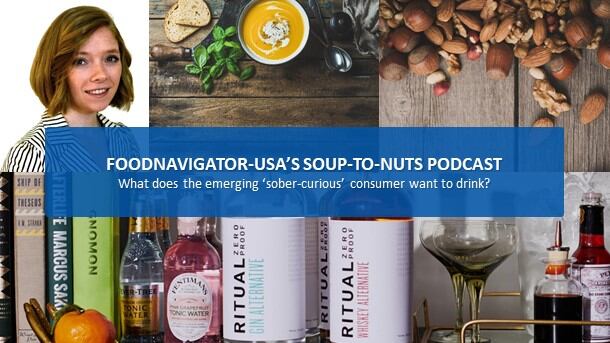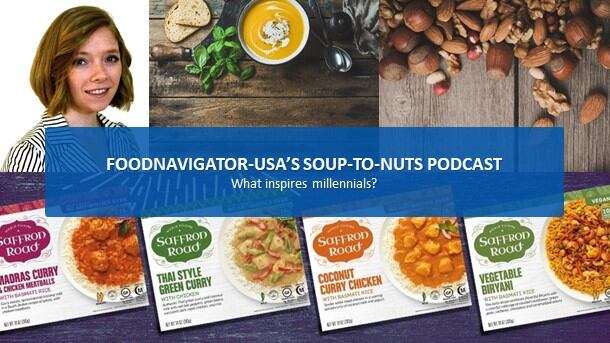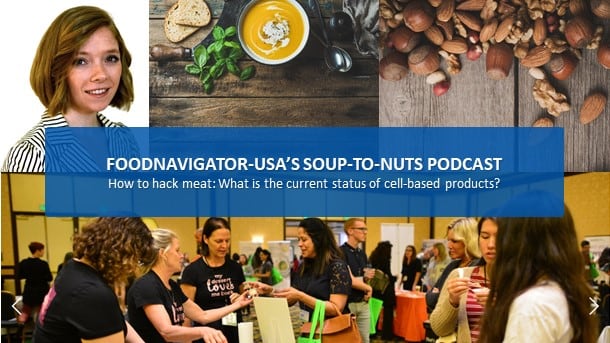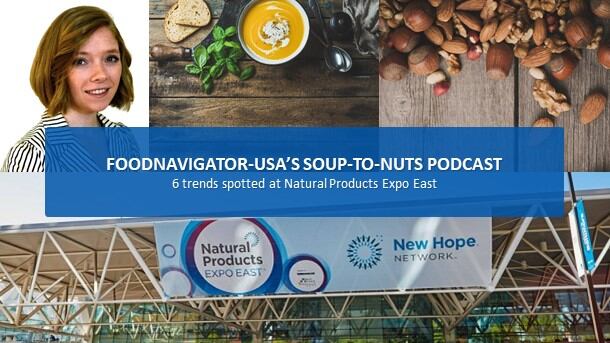According to Google Trends data, mentions of ‘non-alcoholic’ are up 81% more than a year ago and searches for the ‘benefits of quitting drinking’ have increased 70% in the last five years.
At the same time, sales of traditional alternatives to alcohol, such as juice and soda are falling. According to USDA data, the per capita consumption of juice per American hit a near 50 year low in 2017 at 5.2 gallons compared to a high of 9.5 gallons in 1998. And soda sales have been in a virtual free fall free fall with Wells Fargo analysts last May estimating unit sales had dropped 2.7% over the prior year. And while sales of sparkling water are up, they aren’t always enough to keep consumers’ interest at a party, sporting event or special occasion given the ‘everyday’ status that these drinks have earned.
Hoping to help meet American’s rising demand for something healthier and more sophisticated, several players have entered the market with mocktails and non-alcoholic spirits, including most recently American startup Ritual Zero Proof, which launched last month with gin and whiskey alternatives that promise the flavor, smell and burn of traditional spirits, but without the alcohol or calories.
In this episode of FoodNavigator-USA’s Soup-To-Nuts podcast, the cofounder of Ritual Zero Proof Marcus Sakey talks about what is behind the rise of sober-curious shoppers, what they want and how the competitive landscape is evolving to meet their changing demands. He also shares what it takes to make a product that tastes and feels like alcohol, but isn’t.
[Editor’s Note: Don’t miss another episode of FoodNavigator-USA’s Soup-To-Nuts Podcast. Subscribe on iTunes to receive each week’s installment.]
The unmet demand of ‘sober-curious’ consumers
While health and wellness are significant drivers of the emerging low- and no-alcohol movement, Sakey says an often overlooked, but equally important factor is consumers’ near insatiable desire for something new – whether it is a novel flavor, format or experience – and the power to choose.
“It is really an interesting time in the market. There is a very clear motion to be drinking better, rather than more and it is tied to the overall consciousness we are seeing in all kinds of consumer products. People want not just healthier options, although that is always a part of it, but they want choice in their options and they want to be able to get exactly the flavor they like,” he explained.
“For us, the thing that is really important is Ritual Zero is a company of drinkers. We are not about getting rid of alcohol. What we wanted was something else in the cocktail toolkits. So, you could have something to help you through sober-October, if you wanted. Or if you already had two and you want more but it isn’t club soda, you can continue with and adult tasting sophisticated beverage,” he said.
While a few other non-alcoholic spirit players have emerged in other countries, Sakey says Ritual Zero is the first to come from the US and rather than using artificial flavors like some competitors, he adds that his spirits are made with all natural botanical flavors that “to echo the taste and smell, and most importantly, the burn of traditional spirits without the alcohol or the calories.”
Recreating spirits from the ground up
Identifying the unique need for an alcohol-free spirit versus a sparkling water, soda or juice was only the step in Ritual Zero’s journey – the next was creating a beverage the sufficiently mirrored the real thing not just in flavor, aroma and mouthfeel, but also experience.
For Ritual Zero this meant nailing the everything from the nose to the burning sensation associated with ethanol.
“Ritual Zero Proof is built up. It is not that we took traditional spirits and tried to strip the alcohol out in a mad-sciencey kind of way. We went the other way,” and used natural botanical essences to really try to recreate the taste and smell and burn of traditional spirits, he said.
“So, if you were to open a bottle of Ritual Zero Proof Whiskey, which I highly recommend you do, it has got a nose of vanilla and caramel and oak. The body is warm and soft and round and there is a nice pleasing heat at the back end of it. It mixes beautifully and pours great on the rocks,” he said.
As for the gin alternative, it has “strong notes of juniper and pine. It is bright, herbaceous and has got the same crisp bite as quality gin,” he added.
Ritual Zero’s decision to launch with a whiskey and gin rather than vodka, which outsells both in the spirit segment, was a calculated move to reach as many consumers as possible while still giving itself wiggle room on the taste profile, he explained.
Getting the right look
Ritual Zero didn’t just want to recreate the taste, smell and feel of spirits – it also wanted its product to look the part with a bottle and label that felt familiar and yet still stood out on shelf.
“I have a background in branding and advertising … and what I wanted to do was tell a story with this bottle that feels very familiar. That feels like it belongs on the liquor shelf without disappearing on that shelf,” he said. This means the company leaned heavily on clean design, colors that evoke health and a wooden top that was chosen to recall a spa, he said.
Sakey also opted for descriptive words rather than a picture or illustration to help consumers better understand what each bottle offered.
Building a following
While still a young brand, Ritual Zero has bold ambitions for “explosive growth,” which Sakey plans to attain by focusing first on his home market in Chicago while simultaneously building a national following online.
So far this strategy is paying off. Sakey explained that despite being so new, “demand already has been absolutely through the roof.”
In less than a month of launching, he said, the company has sold almost all of its initial run and is in the process of another run that is 400% larger than the original.
“So it is very clear there is a market for this and it is not a matter of a small niche,” he said.
From there and with help from an undisclosed “significant strategic partner and investor,” Sakey plans to further fuel the brand’s ‘explosive growth’ by expanding its portfolio.




